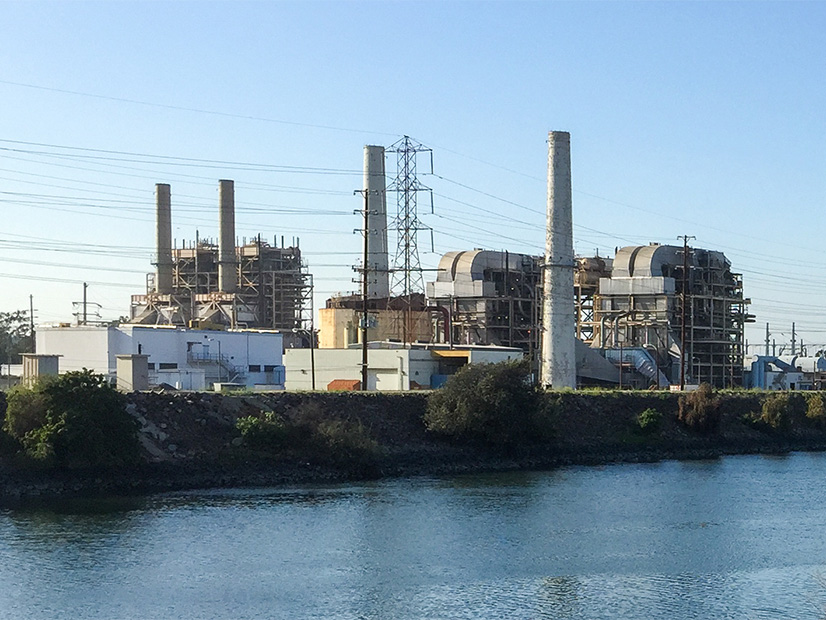FERC on Oct. 24 fined independent power producer AES $6 million for failing to fulfill resource adequacy obligations related to eight of the company’s 12 generating units operating in Southern California (IN23-15).
At issue in the order was the performance capability of eight AES units at the Alamitos and Redondo Beach power plants, which were contracted through CAISO resource adequacy purchase agreements from June 2018 to May 2020. All 12 of AES’s units received payments for providing capacity to the ISO’s market during that time frame.
CAISO had contracted with the resources to bid energy into the ISO market and deliver their maximum output — or Pmax — should it become necessary during Southern California’s hot summer months. Before entering the contract, AES was required to submit a master file containing the operating and technical characteristics of each unit, including their Pmax ratings. ISO guidelines stipulate that a Pmax value be based on the highest MW output a unit can sustain over a 30-minute interval.
However, in August 2019 CAISO’s Department of Market Monitoring (DMM) notified FERC’s Office of Enforcement (OE) that AES had submitted inaccurate master file parameters to the ISO that overstated some of the resources’ Pmax values before entering the contract.
DMM reported to OE that summer readiness tests CAISO performed in spring 2019 and exceptional dispatches occurring in July 2019 showed that AES’s Alamitos units 3, 4, 5 and 6 and Redondo Unit 7 were unable to meet the Pmax values submitted to the ISO in the original master file, resulting in a total deficiency of 91.80 MW.
According to the DMM’s referral, the eight AES units were either unable to reach or maintain full capacity for a 30-minute interval after they were dispatched by CAISO. Regardless, AES had sold and, in some cases, financially benefited from RA contracts stating that their resources were operating at full capacity, FERC said.
As a result, OE found AES to be in violation of multiple sections of the CAISO tariff. The company did not admit or deny the violations but agreed to pay $2.97 million in disgorgement to CAISO and $3.03 million in civil penalties to the U.S. Treasury.
AES owns and operates a portfolio of generation of approximately 32,300 MW of energy worldwide. As of 2022, AES was one of the largest independent producers in California, with a capacity of 3,799 MW in the state.


